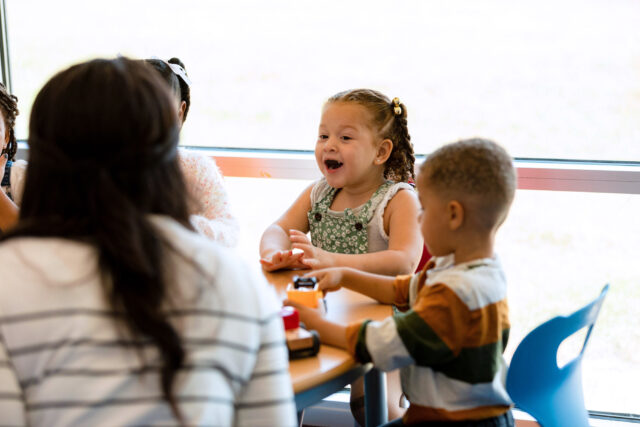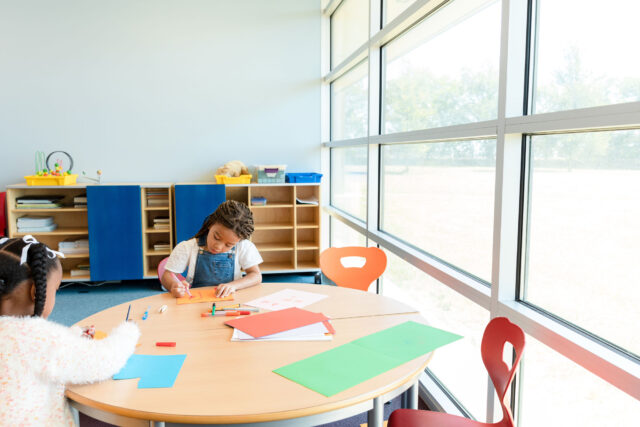California has invested heavily to expand transitional kindergarten, which provides an extra year of schooling for children who narrowly miss the cutoff age for kindergarten. By fall 2025, all four-year-olds will be eligible for the program. Prior to the pandemic, participation was on the rise, but during the 2020–21 school year, transitional kindergarten saw the steepest enrollment decline of all grade levels, with uneven drops across racial/ethnic groups. These data suggest a step backward in enrollment just as the state is poised to expand the program over the next few years.
In 2020–21, transitional kindergarten (TK) enrollment decreased by about 23% from the previous year, down to about 68,000 students. This was more than double the 9% enrollment decline among kindergarten students. The drop in TK enrollment was unexpected since participation had been mostly increasing for several years, peaking at about 91,000 students in 2018. In contrast, kindergarten had experienced small but steady enrollment declines since 2017.
Enrollment declines in transitional kindergarten occurred across major student groups. Similar to enrollment patterns in kindergarten, the largest drops in TK were among African American and Native American children, while the smallest drops were among Asian American and Pacific Islander children. In addition, children from low-income families saw greater enrollment declines in TK (27%) compared to kindergarten (10%).
Among dual language learners, data indicate that enrollment decreased by 69%, but much of this apparent decline is likely due to the difficulties that staff experienced in administering assessments to identify these students during remote instruction. As a result, many children who would usually have been categorized as dual language learners may not have been. With the return of in-person instruction, future years of data should more accurately reflect enrollment patterns among dual language learners.
There was massive variation in enrollment declines across the state, but nearly all counties saw lower enrollment in transitional kindergarten in 2020. Thirty-six counties, including a mix of inland and coastal counties, saw declines of 20% or more.
Some of the counties that had the most significant declines in kindergarten enrollment also had some of the largest declines in TK, like Siskiyou, Mono, and Plumas. Similarly, a few counties with the smallest declines in kindergarten enrollment experienced smaller declines in TK enrollment, like Lassen, Sutter, and Imperial. But other counties—like Amador, Calaveras, and Inyo, to name a few—experienced much larger enrollment declines in TK than in kindergarten.
We do not know for certain the causes of the drop in TK enrollment. Early evidence suggests that other preschool and child care options also saw substantial enrollment declines during the pandemic. Remote instruction, fears about the virus, and changes to work for parents may have led families to keep their children home. This may have been especially true for younger children. For example, a large portion of the decline in TK enrollment may have been driven by lower participation in expanded TK programs, which some districts offer to three-year-olds and young four-year-olds.
Although it is too early to tell if the decline in TK enrollment will be long-lasting, it is certainly a challenge given the state’s ambitious expansion plans. One bright spot is that participation has already rebounded in some regions. San Diego Unified, which experienced a 23% decline in transitional kindergarten enrollment in 2020, recently expanded its program to all four-year-olds and saw extremely high demand during pre-enrollment for the upcoming school year. However, in other regions that may be struggling to offer or expand TK, the state will need to continue working closely with districts and schools to provide support for the program and encourage participation.






